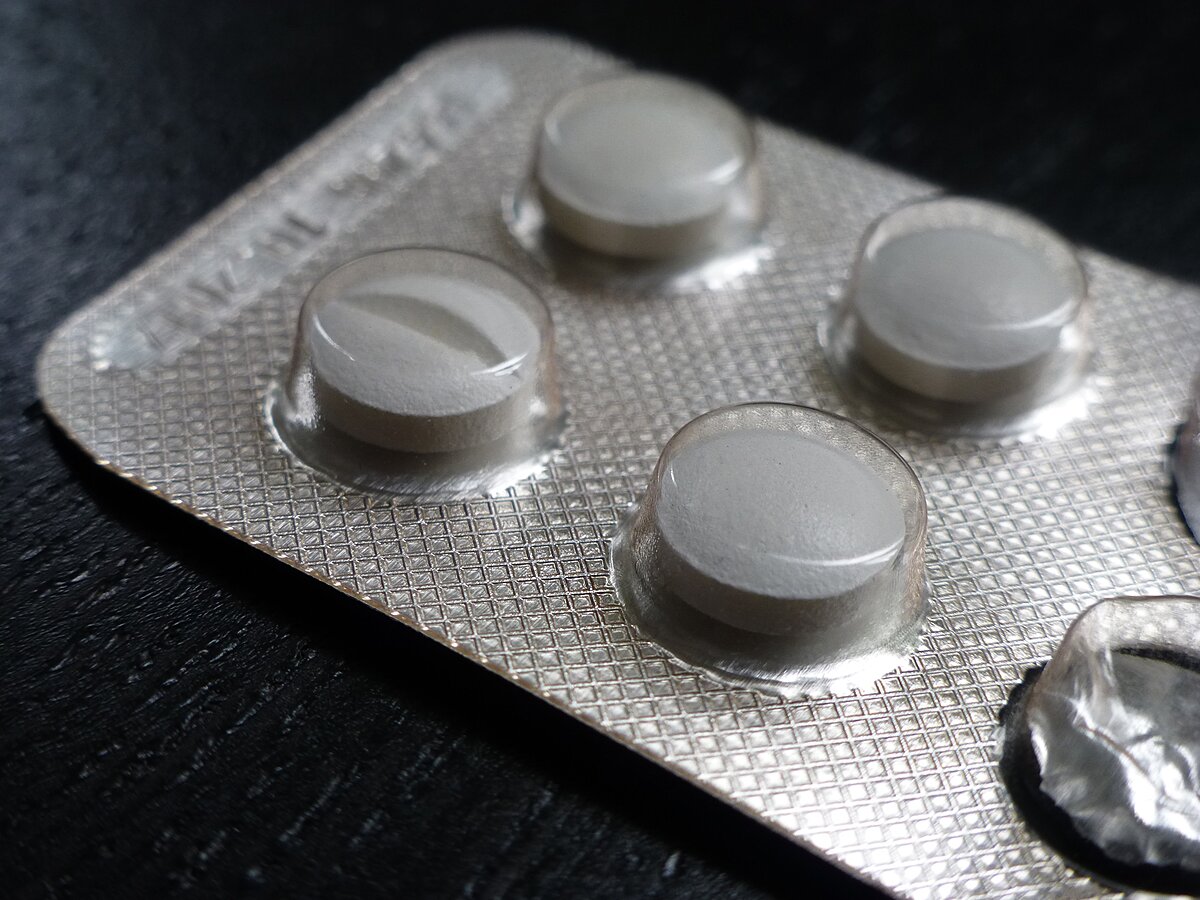
The successes are not yet significant, and the number of people in a phase II randomized, double-blind study with first-generation over-the-counter antihistamines (reported by amsel.de) is also small. However, the method and active substance used in the US study could represent an important step on the road to remyelination. At the same time, researchers suggest an MRI biomarker Remyelination to eat.
The stated goal of many is to restore damaged myelin, not in the scarring lesions themselves, but in the rest of the tissue. Ms-researcher. This would make it possible to at least partially reverse the impairments. To date, most approved multiple sclerosis medications aim to prevent further inflammation, slow the progression of the disease, or—at best—stop it altogether. Research has done a lot in this area over the past few decades. But: myelin that is already destroyed is still destroyed, the axons of neurons are helpless without myelin and this can lead to limitations in daily life.
Remyelination biomarkers
Protecting myelin, and even rebuilding it, is much more difficult than preventing inflammation. Researchers around the world are working hard to find ways to remyelinate. The Stanford University team has now taken at least a small step in that direction with further evaluations of the ReBUILD study.
Not only is triggering the remyelination process itself difficult. Measuring them from the outside and thus evaluating the success or failure of potential active ingredients is what it is. Although the effect on inability, small in the case of the ReBUILD study. Here was the so-called Visible evoked potential (VEP), So nerve conduction speed Measured after visual stimuli are triggered. But for the first time, a team from California reports, remyelination has been able to be demonstrated using magnetic resonance imaging (MRI).
Measuring the percentage of water myelin in the corpus callosum
There were two groups in the randomized, double-blind, crossover study: Group 1 received clemastine for 90 days, followed by 60 days of placebo, in group 2 it was exactly the opposite. Before starting, after 90 days and after 150 days, measurements were taken using VEP and MRI. In a crossover evaluation, clemastine was shown to be significantly better than placebo.
The participants were relatively young (around 40), had not been sick for very long (average 5 years) and had relatively few restrictions (EDSS California. 2).
In VEP, the study achieved the primary end goal with a latency reduction of about 2 ms. This is already known from a previous post (amsel.de reported).
Of particular note here is the technique scientists use to measure myelin corpus callosum (This is the link between the two hemispheres of the brain) because it itself contains a high percentage of myelin, and thus re- and removal of myelin results in clearer results than other areas of the brain. ZNS. Then they measured the percentage of myelin on the corpus callosum using an MRI method that, according to their own assessment, was not very complicated (and already known). Water content is measured here, as a lot of myelin also stores a lot of water, but a little less. The myelin water percentage (MWF) is measured.
Remyelination by clemastine
The MWF score reached the endpoint: before treatment, the mean MWF values of the groups in the corpus callosum were similar (0.087 vs 0.088). At 90 days, the mean MWF in patients on clemastine in group 1 increased to 0.092 and continued to increase (to 0.094) 2 months after stopping treatment, indicating myelin repair.
In group 2, which took placebo for the first 3 months, the mean MWF value decreased to 0.082. With treatment over 2 months (in months 4 and 5), the value here also increased (up to 0.086).
However, no significant difference in MWF was observed in areas with lesions. The research team said this indicated that significant myelin repair was occurring in the white matter that normally appears outside the lesions.
Clemastine: It is best not to take it alone
Clemastine is a first generation antihistamine used to treat hay fever. It is freely available. However, taking clemastine on its own is not a good idea. The active ingredient has a sedative effect, which was the only side effect in a small group of people. Plus one exhaustion Certainly no MS patient would want this side effect. Above all, there are also contraindications such as bladder emptying disorders, prostatic hypertrophy, stomach ulcers, glaucoma, porphyria, irregular heartbeat, pregnancy, to name a few, which also stand in the way of long-term use.
CONCLUSION: Larger studies of clemastine are needed to evaluate its use in multiple sclerosis. For example, a British study in combination with metformin is currently underway, and another is planned for San Francisco; In total, Clinictrials.gov currently lists 6 studies on clemastine.
The method for measuring with MWF in the corpus callosum remains to be documented with larger amounts of data. Although subjects on ReBUILD had a relapsing course (and were also taking antihistamines), clemastine or MS-specific antihistamine developments could also be an option for patients with progressive/malignant courses.